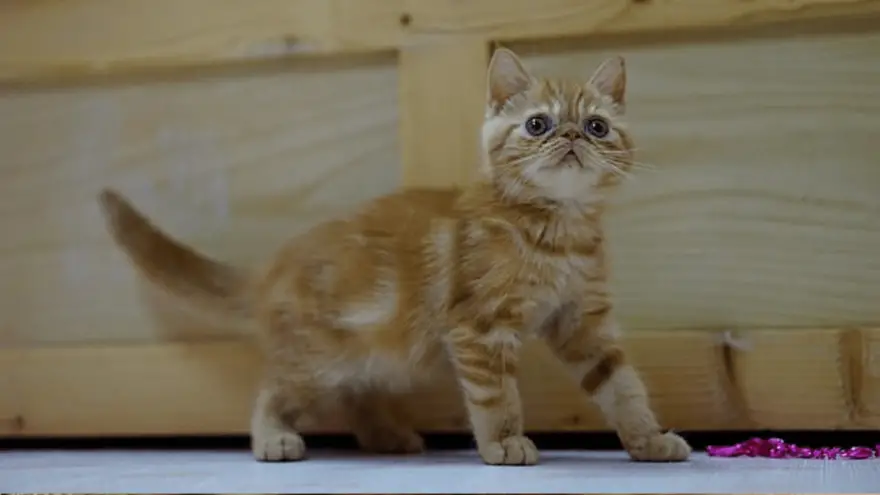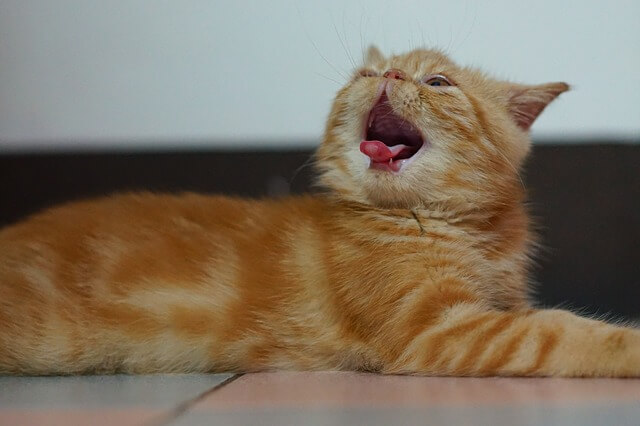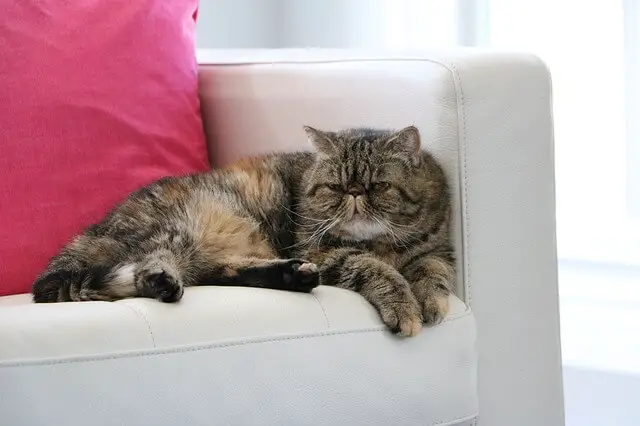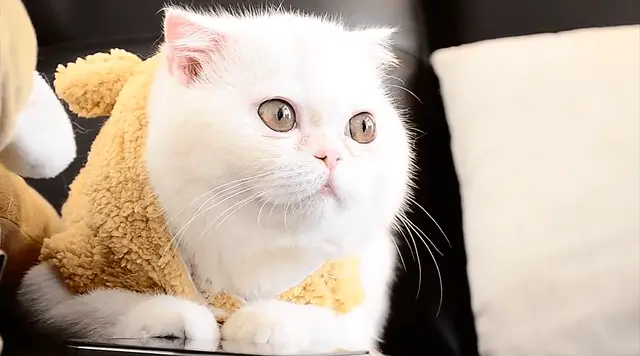
Exotic
If you love the Persian, but you simply don’t have the time or hate grooming, the Exotic might be the right choice for you. These cats were bred to meet all the Persian’s characteristics except one - coat length. The Exotic is often called the “Lazy man’s Persian” because it requires less maintenance and grooming. The Exotic is absolutely adorable, and if you are interested in the breed, here are the most important things you need to know about them.

Length:
-

Weight:
7-12 lb

Origin:
USA

Life Expectancy:
8-15 years
Breed History
Like many other cat breeds, the Exotic was created by crossbreeding different pureblooded breeds to achieve specific characteristics. The deliberate crossing between the Persian and shorthaired breeds like the American Shorthair and Russian Blue happened in the 1950s. After a few crossings, the cats started consistently producing kittens with short coats. After that was successfully achieved, these kittens were bred back to Persians to get the rest of the features just right.

The breed gained recognition in 1967, and different registries registered the breed as Exotic or Exotic Shorthair. It is possible that kittens are born with long coats, which some registries think of as a separate breed.
Cat Breed Characteristics
As we briefly mentioned, the Exotic comes in two coat varieties - short and long. While some registries want to separate the two, we will (for now) stick with only one since the difference is only the coat length. Besides their coats, here are some key characteristics Exotics should possess.
Coat
The primary focus of the Exotic’s creation was its coat. The breeders wanted to keep all the Persian’s characteristics but make a breed that doesn’t require so much grooming. The modern-day Exotic has a medium-long, plush double coat that is incredibly soft.

Coat color
Another crucial characteristic of this breed is its coat color. However, the Exotic comes in all imaginable colors for cats. Some cats are cream, blue, chocolate, lilac, black, and white. They can also have all sorts of patterns like calico, pointed patterns of the Himalayan, shaded, smoke, tabby, particolor, and bicolor. Plus, all the silver and golden division colors of chinchilla.
Size
Since the Exotic is bred from Persians, their size is practically the same. Exotics usually weigh 7 - 12 pounds. They are considered medium-sized cats.
Temperament
Another crucial thing about any pureblooded cat breed is their temperament. Again, this is where Exotics and Persians share many traits. The Exotic is docile, smart, and a fantastic lap cat. They love cuddling and sleeping on your lap. However, unlike the Persians, these cats are a bit more active, curious, and playful. The Exotic makes a fantastic cat for families with kids. Male cats are often sweeter and friendlier than females. Some owners described their female Exotics as aloof.

Health
Selective breeding of cats significantly reduced hereditary diseases, but it came with other problems. For example, Exotics are bred to have a flat face, and those in the show ring are even flatter. Flat faces can mean breathing issues. That is not the only potential health issue Exotics might face. Here are some of the things these cats are prone to;
- Polycystic kidney disease - Causes kidneys to develop cysts.
- Seborrhea oleosa - Disease that causes itchiness and redness of the skin.
- Predisposition to ringworms
- Eye issues - Most common are cherry eye and entropion.
- Heat sensitivity
- Dental malocclusions - Teeth don’t mesh together correctly.
World Cat Finder Team

Updated at20.12.2021.

Share